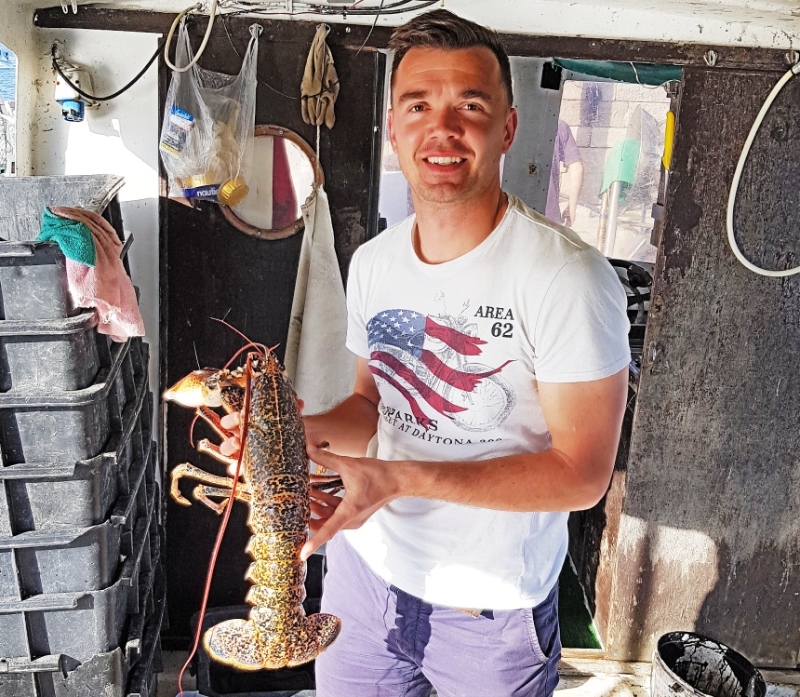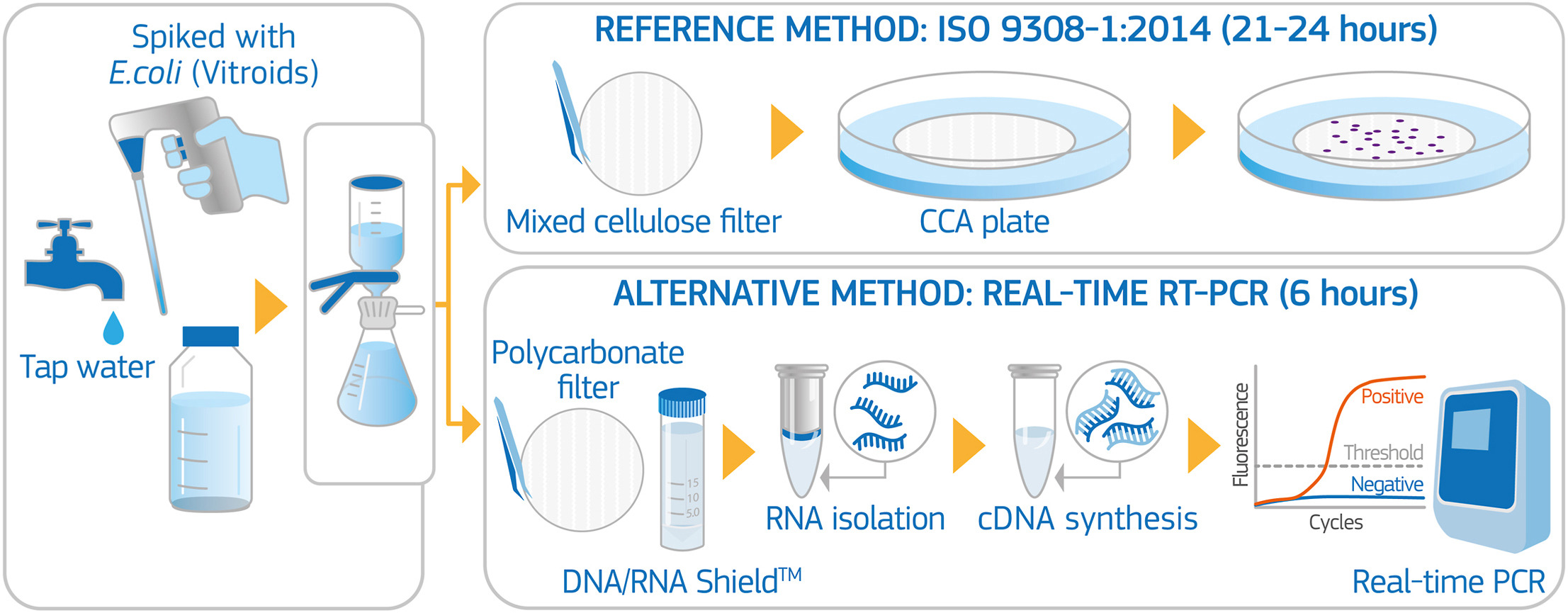European lobster Homarus gammarus is one of the larger decapod species of the Adriatic. It is intensively fished and fetches a high price on the market. Despite its importance to the fishery, no comprehensive study of the status of the lobster population in the Adriatic has ever been conducted. For this reason, Mišo Pavičić, in his successfully defended Ph.D. thesis, set himself the goal of determining the status of the lobster population in the Adriatic and the Mediterranean using fishery-biological and genetic methods.
In his papers, in collaboration with fellow scientists, he demonstrated for the first time the relatively low genetic distance between the populations, which means that there is a single population in the Adriatic Sea that has little contact with other populations in the Mediterranean.
The largest number of lobsters in the Adriatic was recorded in its northern part, where the main spawning area is located, which is important for the sustainability of the entire Adriatic population. This area has also seen an increase in catches and fishing effort.
The connectivity of the Adriatic population is due to specific oceanographic characteristics and the duration of the pelagic larval phase (two to four weeks), during which the young larvae swim in the open water, unlike the adults that remain on the bottom. For this reason, genetic material from the northern Adriatic can be transferred by sea currents over relatively long distances (300 to 600 km). It seems that fishing, habitat loss and other human activities have not yet significantly affected the genetic diversity of this species in the Adriatic.
A correlation between the increase in sea temperature and catch has been found. The increase in sea temperature associated with climate change seems to have led to an increase in cathes, probably as a result of its greater activity.
These results indicate a relatively satisfactory current status of the european lobster population in the Adriatic Sea. However, it is important to note that valid management measures such as minimum lengths, fishing grounds, and release of females with eggs must continue to be implemented as they contribute to the long-term sustainability and profitability of the fisheries sector in the face of increasing uncertainty associated with climate change.




